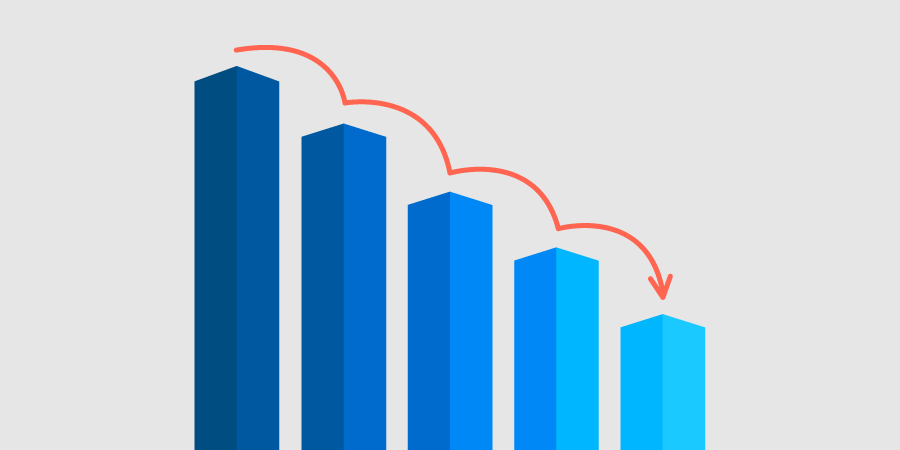As much as it is important to get web users onto your website, it is just as important to make sure they 
With this analogy, the bounce rate is an extremely important statistic. The percentage of web users that leave your website (or ‘bounce off’) is a statistic that makes clear just how good your website is once the web user has landed onto it. Here are three ways you can reduce the bounce rate of your website and maintain web users on it for longer.
#1 Use Images Within Your Content
Images are a great way to break up the content, as well as present information within your content in a different format. By spicing up the format that you present your content in, the web user is more likely to stay reading the content, if they find a content format that suits them. For example:
- Some web users will read the whole content
- Some will read just the headings
- Some will read just the bullet points
- Some will read just the images
- Some will read just the videos
If you have all the formats outlined above, you will satisfy all web users.
#2 Make Your Content More Readable
In general, the longer and smaller content seems, the more likely web users are to leave the page. The content needs to come across as manageable and easy to read. A few ways to do this include:
- Making the font size larger
- Splitting the content into paragraphs
- Using headings
- Using bullet points
#3 Only Use Pop-Ups as Last Resort
It cannot be questioned that pop-ups can grab the web user’s attention as to whatever is in the pop-up. However, at the same time, they severely disrupt the web user and their reading of the content on the website.
For this reason, it is generally better to use pop-ups, with regards to the bounce rate, as a last ditch effort to keep web users on your website. For WordPress websites, there are many plugins that analyse the cursor movement to understand when the web user is likely to click the close tab or back tab of their web browser. When this happens, it would be good to use a pop-up to try and re-entice the web user back onto your website.



